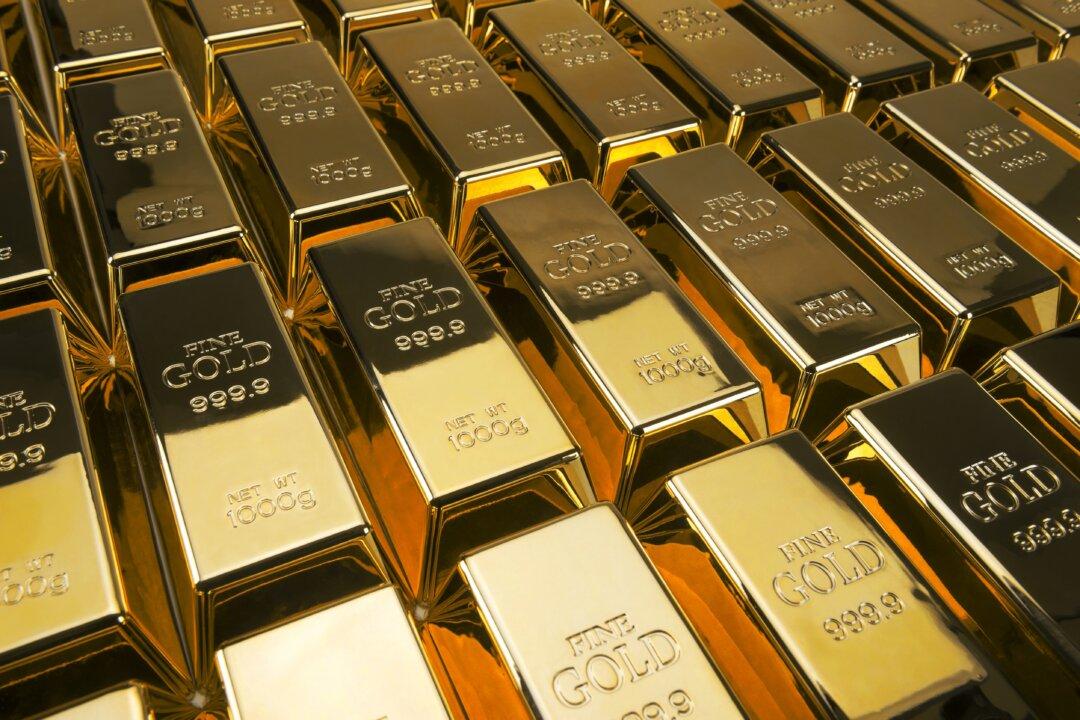The price of gold fell to a 30-month low on Sept. 26, due to the growing strength of the U.S. dollar and rising Treasury yields against foreign currencies.
This comes amid further prospects of aggressive interest rate hikes by the Federal Reserve and other major central banks in their fight to defeat inflation, causing gold prices to reel in recent weeks.





